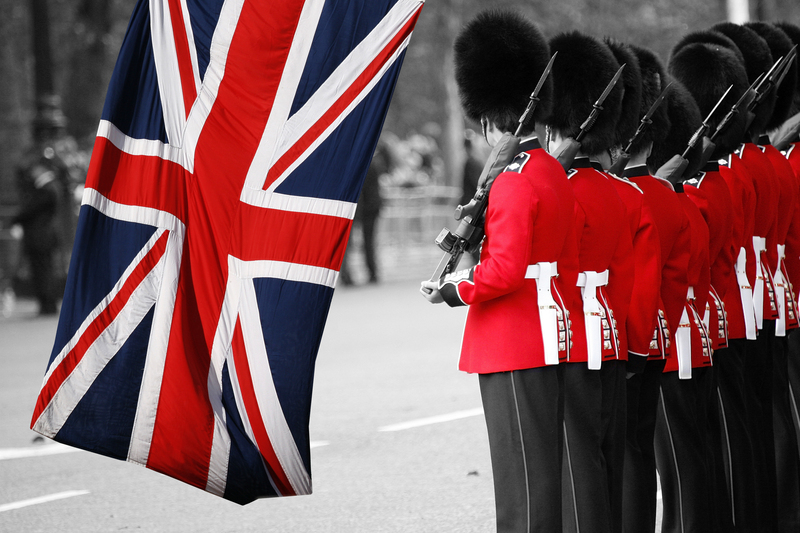Precise Moving Techniques for Valuables
Posted on 11/02/2025
Moving can be a stressful experience, especially when you have valuable items that need special attention and care. Whether it's a priceless heirloom, expensive electronics, delicate artwork, or vital documents, ensuring these items are safely transported to your new home is crucial. This article provides comprehensive and precise moving techniques for valuables to make your transition as smooth as possible.
Understanding the Nature of Your Valuables
First and foremost, it's essential to identify and categorize your valuables. This can range from fragile items such as antiques and glassware to heavy objects like grand pianos. Knowing the type and nature of each valuable enables you to determine the specific precautions and packing methods required.
- Sentimental Items: These include family photographs, letters, and heirlooms. While their monetary value may not be high, their sentimental value makes them irreplaceable.
- Fragile Items: Glassware, ceramics, and delicate artifacts fall into this category. They require careful packing and handling to prevent breakage.
- High-Value Items: This encompasses electronics, expensive jewelry, and rare collections. These items require both physical protection and security measures.

Inventory and Documentation
Creating an inventory of your valuables is a crucial step in the moving process. Document each item, taking note of its condition, and, if possible, gather any original receipts or certificates of authenticity. Photographing these items can also serve as additional proof of their pre-move condition, which can be helpful in the event of damage or loss.
- Detailed Descriptions: Include as much detail as possible when listing your items. For example, instead of listing "jewelry," specify "gold necklace with diamond pendant."
- Photographic Evidence: Take clear, close-up photographs of each valuable from multiple angles, noting any existing scratches or wear.
- Appraisals: For particularly high-value items, obtaining professional appraisals can be useful for insurance purposes.
Insurance Coverage
No matter how meticulously you plan and prepare, unforeseen circumstances can occur. Ensuring your valuables are adequately insured provides peace of mind. Most moving companies offer basic insurance, but this might not cover the full value of your high-end items.
- Homeowners' Insurance: Check if your current policy covers belongings during a move.
- Additional Coverage: Consider purchasing additional insurance specifically tailored for high-value items. Specialized movers often offer comprehensive plans that provide higher limits and broader protections.
- Documentation Required: Be sure to keep all documentation related to your insurance policy easily accessible during the move.
Packing Materials and Techniques
Using the right packing materials and techniques is paramount in ensuring the safety of your valuables. Investing in quality materials can significantly reduce the risk of damage.
- Boxes and Containers: Sturdy, double-walled boxes or custom crates are ideal for heavy or oddly-shaped items. Wooden crates provide excellent protection for large, delicate items like artwork or statues.
- Bubble Wrap and Foam: These materials provide cushioning and protect against shocks. Wrap each item individually, ensuring no movement within the box.
- Packing Peanuts and Paper: Fill any empty spaces within the box with packing peanuts or crumpled paper to prevent items from shifting during transit.
- Specialty Packing Supplies: For valuables like TV screens or mirrors, specialized boxes and corner protectors are available. Use anti-static bubble wrap for electronics.
Labeling and Organization
Once your valuables are packed, proper labeling and organization are crucial. Label each box clearly, not just with a description of its contents, but also with handling instructions like "Fragile," "This Side Up," or "Handle with Care."
- Color Coding: Use color-coded labels or markers to quickly identify boxes containing high-value items.
- Inventory List: Maintain a master list matching each labeled box with its contents. This not only helps with unpacking but is also useful for tracking items during the move.
Loading and Transporting
The way your valuables are loaded and transported plays a significant role in their safety. If you are using professional movers, ensure they are experienced and trained in handling high-value items.
- Placement: Store heavy items at the bottom and lighter, more fragile items on top. Secure items to prevent movement.
- Climate Control: If you're moving items sensitive to temperature or humidity, such as certain artworks or electronics, opt for a climate-controlled moving truck.
- Moving Equipment: Use dollies, straps, and padding to move and secure heavy items. Professional movers often employ specialized equipment to handle particularly large or awkward items safely.

Unpacking and Setting Up
Careful unpacking is just as essential as careful packing. Rushing this process increases the risk of accidents and damage.
- Inspection: As you unpack, inspect each item for any signs of damage. Refer to your initial inventory and photos to confirm the condition.
- Patience: Take your time with fragile or complex items. Follow any specific instructions for reassembling or setting up electronics and other valuable possessions.
- Placement: Prioritize the setup of high-value items in your new home. Ensuring a secure placement immediately after arrival can prevent post-move accidents.
Professional Assistance
Sometimes, the best way to ensure the safety of your valuables is to hire professional assistance. Specialized moving companies have the experience, equipment, and insurance coverage necessary to handle high-value and fragile items.
- Research: Look for moving companies with specific experience in transporting valuables. Read reviews and ask for references.
- Credentials: Verify the company's licensing and insurance. Professional affiliations with moving and storage associations can also be a good indicator of reliability.
- Customized Services: Many companies offer customized packing, transport, and storage solutions tailored to your specific needs.
In conclusion, moving valuable items requires careful planning, quality materials, proper techniques, and sometimes professional help. By taking the time to understand your valuables, properly documenting and insuring them, using the right packing methods, and ensuring safe transport and unpacking, you can significantly mitigate the risks involved. Whether you're moving across town or across the country, following these precise moving techniques for valuables will help ensure that your cherished possessions arrive safely at their new destination.







